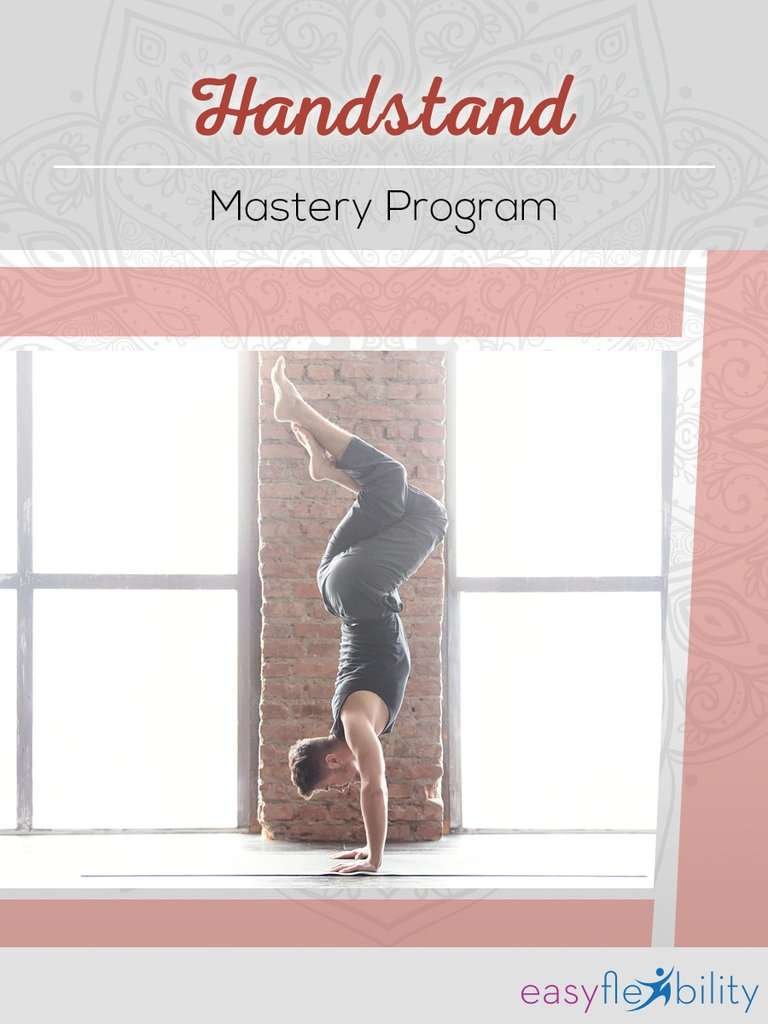Tip #2 just a small adjustment in your breath, and the handstand becomes a lot more stable.
Posted by Paul Zaichik on
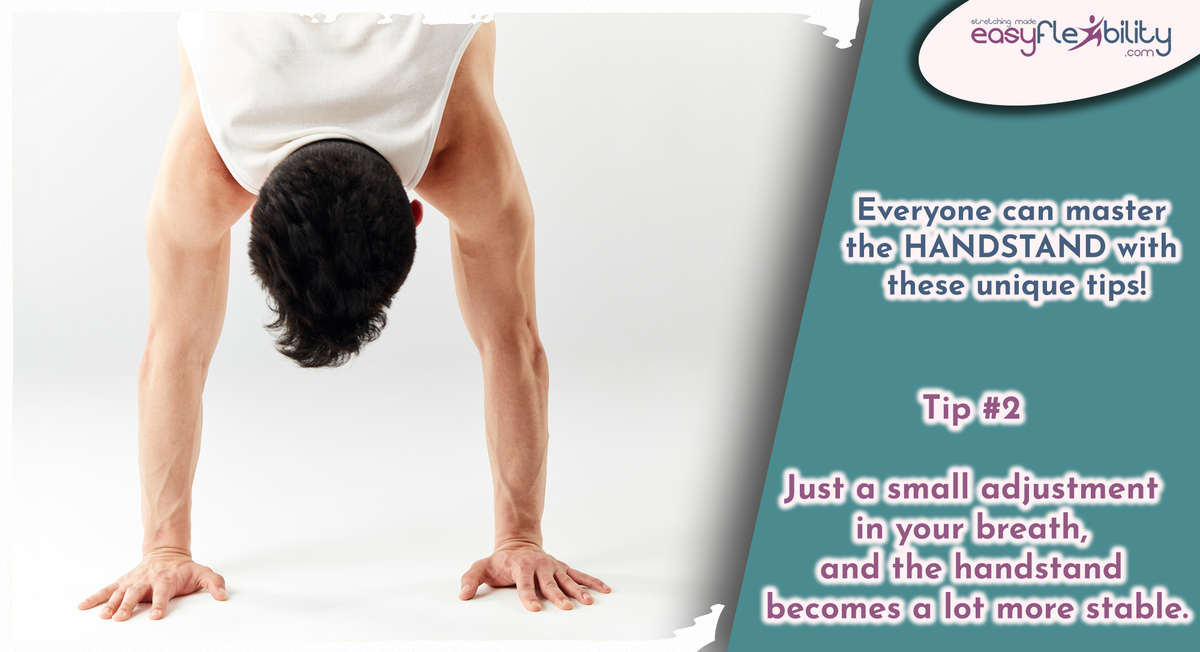
Tip #2 just a small adjustment in your breath, and the handstand becomes a lot more stable.
Take a look at this video. Your beautiful handstand is now closer than ever.
Handstand Mastery Program
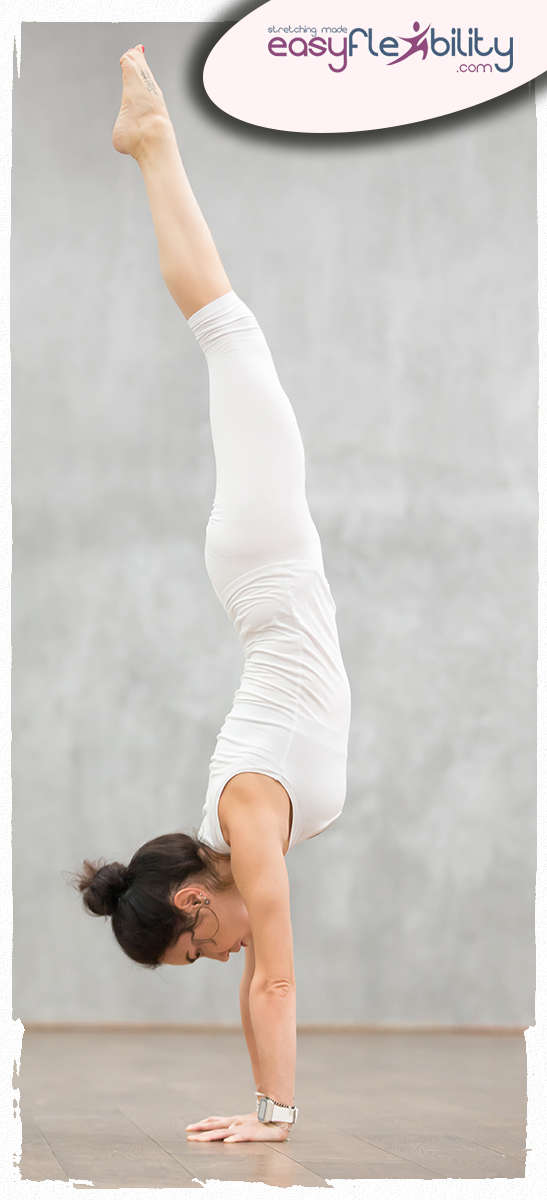
Handstand is a standard "wish" skill. Everyone wants to be able to do it, yet not so many master it. There are three main reasons for failing to hold a comfortable handstand.
1. Lack of proper preparation
In order to master the handstand, strength/control and flexibility pre-requisites must be met first.
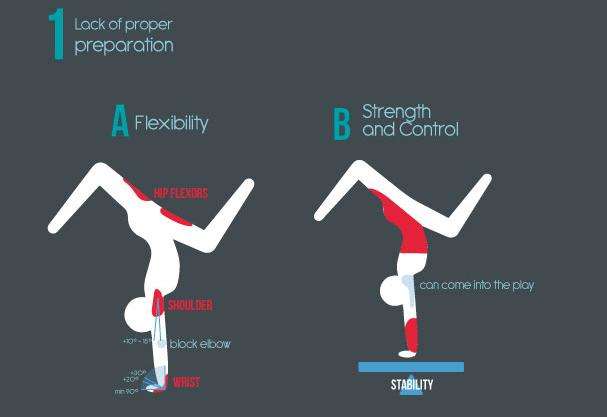
A. Flexibility

There are two main areas where range of motion is absolutely a must. One being the wrist and other being the shoulder. The wrist must be able to extend comfortably beyond 90 degrees. At least 20 and ideally 30 degrees past right angle. The shoulder must flex to a complete vertical line with both elbows locked. Having 10-15 degree extra would be of benefit. In addition having flexibility in the hip flexors also helps.
If you are lacking in any of those areas, it's best to work on them first. Click on the ADD TO CARD button to get your Easyflexibility program Today!
B. Strength and Control

The largest two issues in the strength/control department occur at the core and forearm. Regardless how strong someone's hands and fingers are, most often them are not used to contracting in full extension. At the same time straight trunk upside down position placed unique challenge on the trunk. Not only it must be stable, but the stability must be distributed from back to front in straight line. Depending on the progression used, shoulder and triceps strength can come into the play.
2. Lack of correct progression
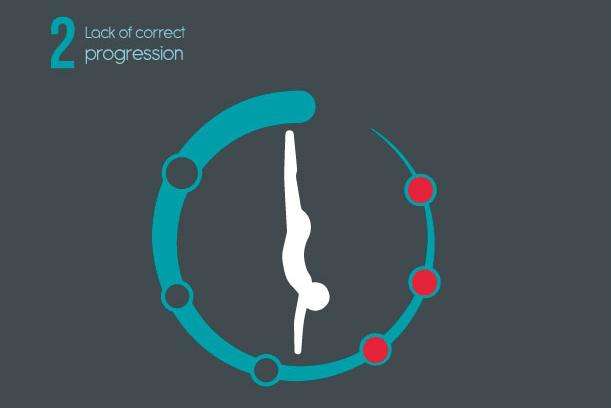
Progression has always been the key to learning. However when it comes to handstand baby steps are often skipped. Trying to hold a this inverted pose from scratch is similar to trying to read in a new language without learning the letters.
3. Lack of Serratus Activation
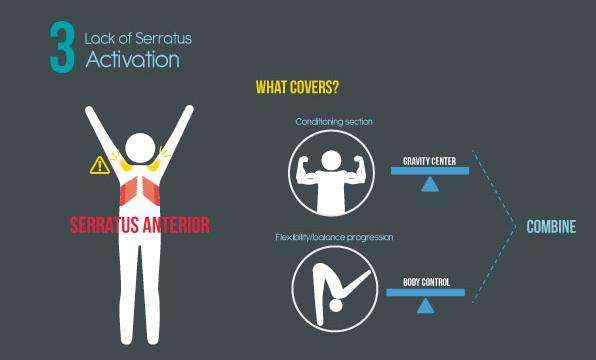
Why pick this one muscle? For starters, it's one of the two muscles that is capable in rotating the scapula up. Without that, the arms will never be vertical. However a large number of people have this muscle underdeveloped on one or both sides. Trying to hold a handstand without proper serratus anterior development can lead to shoulder injuries.
Our handstand program covers all of the above. There are three sections:
- The conditioning section.
- The progression section, which also include extra exercises, if additional help is needed.
- And the serratus activation section.
Regarding the progressions, two types of progressions are covered:
- The strength progression is developed for people who have strong overhead press. This progression allows to develop the handstand through controlling how low the center of gravity is.
- The flexibility/balance progression works on mastering the handstand for flexible, but less strong people. This program focuses more on body control. The two progression can also be combined for even faster handstand mastery.

Get Your Handstand Mastery Program Today!
© ElasticSteel Corp., EasyFlexibility, Paul Zaichik, et. El., 2022. No part of the materials available through ElasticSteel.com, EasyFlexiiblity.com, site may be copied, photocopied, reproduced, translated or reduced to any electronic medium or machine-readable form, in whole or in part, without prior written consent of Paul Zaichik EasyFlexibility.com, Elasticsteel.com.. Any other reproduction in any form without the permission of Paul Zaichik EasyFlexibility.com, Elasticsteel.com is prohibited. All materials contained on this site are protected by United States copyright law and may not be reproduced, distributed, transmitted, displayed, published or broadcast without the prior written permission of Paul Zaichik, EasyFlexibility.com, Elasticsteel.com.





